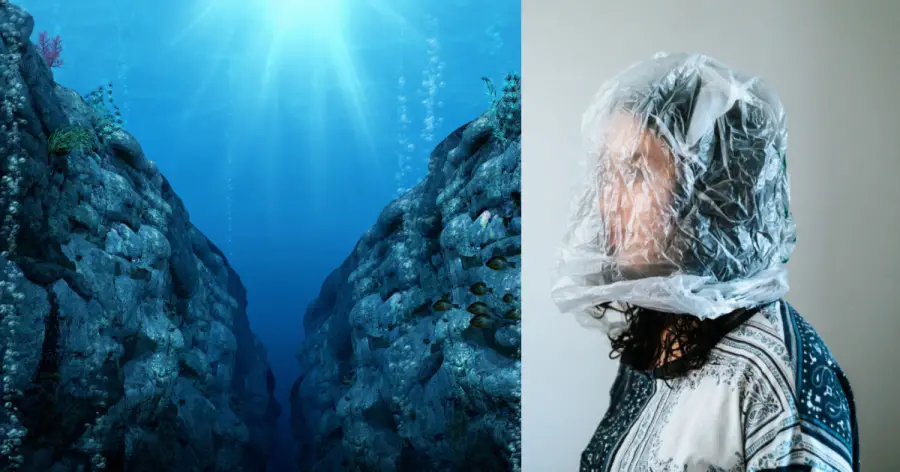Explorer Finds Plastic And Sweet Wrappers In Mariana Trench Nearly 11Km Below The Pacific Ocean
Tags: opinion

By Mayukh Saha / Truth Theory
Our water and air- the two most essential things that human life depends on, have become polluted on a global scale. And our generation is privy to the devastating news that plastic has covered the polar region, a place once considered immune to the invasion of this most polluting of substances. But what might devastate us, even more, is the news that in even the deepest recesses of the ocean, the Mariana Trench, plastic waste has been discovered. The trench is crescent-shaped and situated east of the Mariana Islands near Guam in the Western Pacific ocean.
Even a couple of decades ago we didn’t think that we could kill the ocean. But it seems we will succeed in this generation itself. That is how negligent and apathetic we have as a race become.
Victor Vescovo, a deep-sea diver, was both buoyant and confident as he pushed on to cover the seven-mile dive to reach the end of the Mariana Trench, in the Pacific. It broke all records for the deepest dive ever as Vescovo dived 35,853 feet, 36 feet deeper than Jacques Piccard, a Swiss engineer and American naval officer Don Walsh, who too reached the bottom in 1960.
Also read: This Iron Shell Snail Dubbed “Sea Pangolin” Threatened With Extinction From Deep-Sea Mining
A moment of joy has been darkened by what was found at the bottom of the trench- 35,849 feet below. He found at least a singular flimsy piece of a plastic shopping bag as well as numerous candy wrappers. The plastic bag holds the dubious distinction of being the deepest known piece discovered. The deep-sea debris database was gleaned from over 5,000 separate dives to the bottom of the depths. It threw up a large data of pictures which fully revealed how human activity was affecting the deep-sea ecosystem.
Over a third of the debris discovered was microplastics, 89% being single-use products. A team of scientists from Newcastle University discovered that POP, banned in the 1970s, was still found in the deep trenches of the ocean including the Mariana Trench.
Also read: ‘Sea Of Plastic’ Discovered In The Caribbean Stretches Miles And Is Choking Wildlife
The expedition was a relative success as they discovered new forms of species and newer forms of microbes that have managed to survive at those depths. Vescovo explored the depths for 4 hours and in that period released robotic crawlers that studied the depths. The submersible craft which Vescovo piloted collected rock samples from the ocean floor too. Vescovo believes that they’ve discovered 4 new species of amphipods.
Over 5000 people have downloaded our free ebook “Growth Hacking Tips And Rituals For Optimal Living” CLICK HERE to get your free copy now
The diver and his men are on a 5 expedition trip named the Five Deeps. They are on a record-breaking bid to reach the nethermost points of the five oceans. Veescovo is funding the expeditions privately. He has already reached the top of the highest mountain on every continent, says a report in the BBC. The expedition plans to complete its objective by the end of this year. The submersible will then be donated for research purposes to a designated scientific institution.
Waste is having a tragic impact on human life as marine lives are deprived of oxygen or are chocked after ingesting them. In some regions, the Mariana Trench is more polluted than some Asian rivers. It may have been caused by the disintegration of plastic in the water column. The Mariana Trench has come to represent a metaphor for the utter indifference of humanity to the damage we have done to our planet.
Image Credit: ratpack2
H/T: matadornetwork

Leave Comment: